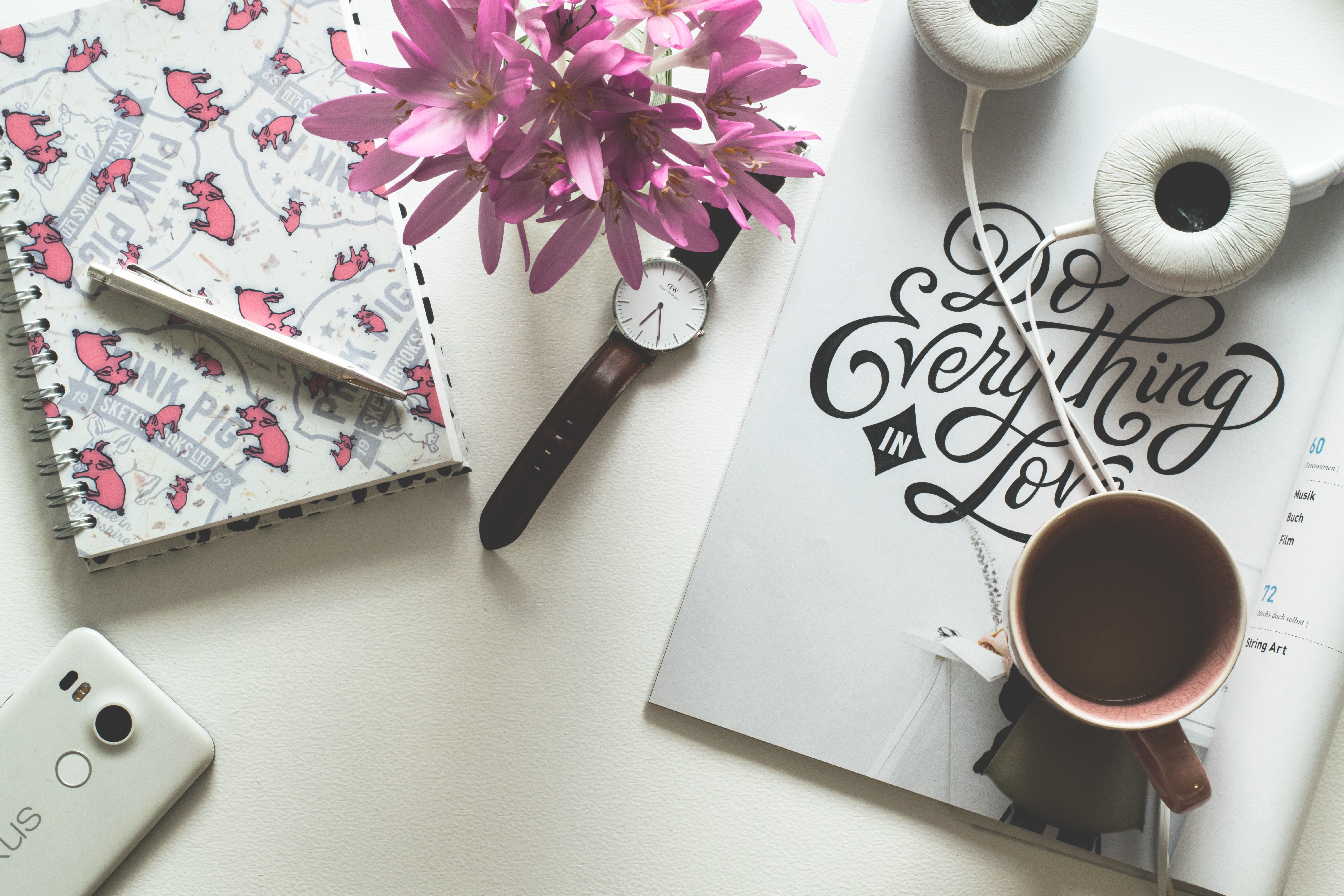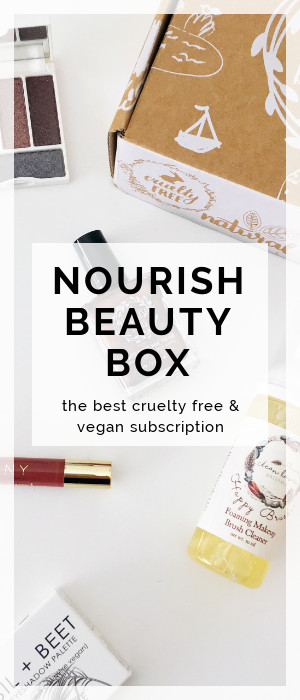Consumers vote with their dollars, and every time you buy from a cruelty-free brand you are casting a vote for ending unnecessary animal abuse. Going cruelty free might seem like a challenging task, but it really isn’t as difficult as it seems. If you are overwhelmed and need a few tips on starting your cruelty free journey, you came to the right place. Everyone’s journey towards going cruelty free is different, but this is some general advice that you might find useful.
In the year 2018, there is absolutely no need to test on animals for cosmetic purposes. Not only have many alternatives been developed, but animal testing has proved to be inefficient, cruel and expensive. The first and undoubtedly the most important step towards going cruelty free is educating yourself about everything related to animal testing – from what happens to animals in laboratories and why companies fund these procedures, to the animal testing laws in China and how companies can lie to their consumers about their animal testing policies. There is a lot of information out there on the web, but not all sources are equally reliable.
Now that you have educated yourself about animal testing and learned about which brands are and aren’t cruelty free, it’s time to go through your products. It’s up to you how thorough you want to be but if you’re truly wanting to transition to a more ethical lifestyle, this would include not only skincare, haircare and makeup but also your cleaning supplies and personal hygiene products. You will be surprised by how many products you have that are already cruelty free. If you own anything from a small and/or local business, chances are, it’s probably cruelty free. Most cruelty free products will have a Leaping Bunny or PETA symbol on the back of their packaging. If a product doesn’t have either of those symbols, refer to our cruelty free brand directories. If you can’t find the brand’s status on our list or the packaging, you should contact the brand directly (or ask us to do that for you).
Now that you’ve sorted through your products, you have three options of what to do with products that are not cruelty free. Firstly, you can keep using them but not re-purchase them once they run out. You’ve already spent your money on them, so throwing them out would be wasteful. Secondly, you can pass the products on to your family and friends. Not only will they be happy to get free stuff, but this will present you with an opportunity to tell them that you are going cruelty free and encourage them to consider it as well. Thirdly, you can donate these products to a local homeless shelter or another non-profit. If you feel like holding on to those products will discourage you from going through with your promise to be cruelty free, then completely getting rid of them is the best way to go.
Many people underestimate the impact social media has on their lives. Any makeup junkie is almost guaranteed to follow over a dozen makeup brands on Instagram, Facebook or Twitter. While many of these brands could be cruelty free, chances are that you follow at least one of the big cosmetics giants such as L’Oreal or Estee Lauder. Both of these corporations test on animals and own other companies that are likely to condone these practices as well. Following these brands demonstrates your support towards them and that’s something you definitely don’t want to do. If you aren’t willing to give these brands your money, you shouldn’t be giving them more social media fame either. Instead, we encourage you to branch out and follow different makeup and skincare brands that bring light to issues such as animal cruelty. There is a plethora of cruelty free cosmetics companies on every social media platform, so finding new pages to browse and support will not be a problem at all.
In addition to unfollowing brands that test on animals, we encourage you to find new bloggers, Youtubers and other types of influencers who use exclusively cruelty free products. Many cruelty free influencers are very educated on the topic of animal testing and have a lot of useful information to share with you. Furthermore, seeing people successfully using only cruelty free products will give you more motivation to stick with your decision and allow you to learn about more ethical options that are available on the market – whether it’s cosmetics, fashion, food or something else.
4. Make a wishlist.
Now that you’ve educated yourself on animal testing, decluttered your product collection and unfollowed unethical brands on social media, time to make a wishlist. A lot of people get discouraged from going cruelty free because they don’t know how many cruelty-free options are available on the market. They hear that some of the brands that they’ve used for years test on animals and think that there is no way they could possibly find replacements for their ‘holy grail’ foundations or eyeshadow palettes. Fortunately, that’s not the case at all. There are thousands upon thousands of cruelty free products and with just a little bit of effort, you can easily find a dupe for any product that was tested on animals. It’s just a matter of taking the time to look at and being open minded about trying new things.
My first stop when I went cruelty free was Amazon. If you’re an Amazon Prime member like myself, you will find that they have so many options from a plethora of amazing cruelty free brands. You can look at new products, reviews and prices all from the comfort of your home. (Not an advertisement, but might as well be.) My Amazon wish list is embarrassingly long, but I have found so many amazing new products and discovered wonderful new brands to support and follow that I wouldn’t have otherwise found in stores. If you aren’t a big Amazon junkie, you can visit Sephora or Ulta and use our shopping guides to find replacements for your old products. Although there are fewer options at the drugstore, our drugstore shopping guide will also introduce you to some amazing cruelty free finds at Target, Walmart and Walgreens.
5. Try a subscription box.
Although this is by no means something you absolutely need to do, subscription boxes are a fantastic way to introduce yourself to new brands and cruelty free products. You can check out our blog post all about the various options for cruelty free beauty subscription boxes here. I’ve personally discovered so many new favorites through subscription boxes and who doesn’t love coming home after a long day at work/school to see a box full of goodies on their doorstep? The value of all of the products in the box usually far outweigh the amount of money you pay for it so it’s not only a great way to transition into using cruelty free products but also a way to save money and time that you would’ve otherwise spent strolling through the store in search of ethical options.
I’d love to hear your thoughts in the comments! How was your transition to going cruelty free? What encouraged you to make the switch? What stores do you recommend visiting for high quality cruelty free products?




Thank you so much for sharing your tips! I’m going to do some research now, Chloe x
http://www.fivethingsaboutchloe.co.uk
So happy you found them helpful! <3
These are all such good tips. Thank you:)